
How to improve the efficiency of existing coal-fired power plants
By Scott M. SmouseWe are in a very dynamic and uncertain period as governments, corporations, and concerned citizens around the world are searching for a way forward on clean energy and climate change issues.
However, amidst this uncertainty, emphasis on cleaner and more efficient energy technologies remains at the forefront. Initiatives focused on improving both supply- and demand-side efficiency, and in promoting adoption of new, cleaner power systems, will improve the quality of life by increasing access to reliable and responsibly generated electricity. Improving the performance of existing coal-fired power plants around the world can make major contributions to conserving fuel resources, reducing the cost of generation, and reducing both local and global emissions.
As the global demand for electricity increases, so has the demand for fossil fuels, which supply about 68% of the world’s electricity. Coal holds the largest share (about 42% in 2007) of worldwide electric power production by a wide margin according to the International Energy Agency (IEA). The IEA has stated that, from 2000-2007, coal was the fastest growing source of energy for development in non-OECD countries as a result of the rapid growth of power, especially in developing Asia.
Worldwide carbon dioxide (CO2) emissions from human activity have increased from insignificant levels two centuries ago to annual emissions of more than 30 billion metric tons today, with nearly 40% from coal use – mainly for power generation . More than 1.5 billion metric tons (gigatons, Gt) of CO2 could be avoided annually through improved operations at existing coal-fired power plants and by deploying state-of-the-art coal power generation, based on supercritical and ultra-supercritical boiler and integrated gasification combined cycle technologies, according to the IEA. Similarly, a recent study by The Institute of Energy Economics, Japan (IEEJ), indicates that if the world’s current best coal plant efficiency, which is achieved in Japan (43%), was realized worldwide, 1.4 Gt of CO2 emissions could be avoided annually. Of this amount, 1.1 Gt, or 80%, could be reduced by only three countries − China, India, and the United States.
In its recent report Power Generation from Coal, the IEA’s Coal Industry Advisory Council examined current efficiency of coal power generation in several countries. They found that efficiency not only varied significantly between countries, but that the rate of improvement was more dramatic in some than others. Considerable efficiency gains were achieved in Japan and Korea in the 1980s and 1990s by building more efficient plants. China has witnessed significant improvement over the past decade through a rapid buildup of first supercritical, and now ultra-supercritical, power plants and closing many gigawatts of older, less efficient plants. India’s existing coal plants generally operate with lower average efficiencies owing, in great part, to its reliance on domestic high-ash coals and high ambient temperatures. However, under its National Action Plan on Climate Change, India has recently announced a new market-based mechanism to improve the efficiency of nine energy-intensive industrial sectors, including thermal power generation, and has begun to build new supercritical plants.
To achieve greater thermal plant efficiency, a broad array of issues must be addressed, including:
• Power plant efficiency, while not difficult to measure, is not routinely measured in many plants owing to the lack of test equipment/instrumentation and training
• Little financial incentive exists for many utilities to improve their thermal efficiency, especially when fuel costs can be passed on to the consumer
• Some efficiency improvements can be perceived as risky to plant operators or electricity regulators
Fortunately, there are a variety of improvements that can be made, some that are very low cost and low risk, to address some of the technical issues. Organizations, such as the Power Generation & Transmission Task Force of the Asia-Pacific Partnership on Clean Development and Climate (APP) and Asia Pacific Economic Cooperation’s (APEC’s) Expert Group on Clean Fossil Energy, have focused on making best practices for efficiency important as a part of the global culture for operating power plants, especially in the Asia Pacific region. Under APP, more than 500 power plant engineers from Australia, China, India, Japan, Korea, and the United States participated in six best practices workshops and used a relatively simple efficiency checklist to identify and prioritize efficiency improvement opportunities in several power plants in those countries.
In addition, U.S. Department of Energy’s National Energy Technology Laboratory, with support from the U.S. Agency for International Development, has worked with both the public and private sector in India to showcase new technologies and services to improve the efficiency of existing plants. Since 1996, NTPC Ltd., India’s largest power company, has been able to avoid about 30 million metric tons of CO2 emissions by adopting best practices and technologies from the United States. A few of the issues being addressed are as follows:
• Identify, implement, and train workers in best practices, and employing dedicated plant efficiency engineers
• Optimize processes using advanced computational tools and software
• Conduct on-line, real-time performance monitoring of efficiency
• Reduce air, water, steam, and flue gas leakage
• Optimize coal pulverizer performance and balance coal and air flows to the burners
• Upgrade steam turbines
• Use variable speed motors
• Lower stack temperature
The latest initiative in this area is the Global Superior Energy Performance Partnership (GSEP) under the Clean Energy Ministerial. GSEP aims to significantly cut global energy demand through continuous improvements in energy efficiency via public-private partnerships. In the short-term, sharing of best practices for generation and closing inefficient plants when feasible, and improving the remaining plants, can reduce coal consumption and avoid millions of tons of CO2 emissions annually. However, over the longer-term, coal power generation must be based on the most efficient technologies available and use carbon capture and storage to achieve near-zero emissions.

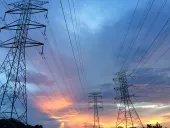

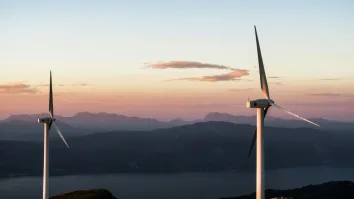
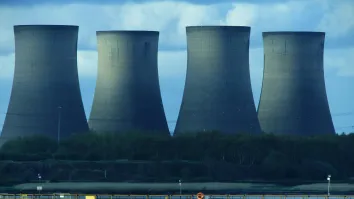
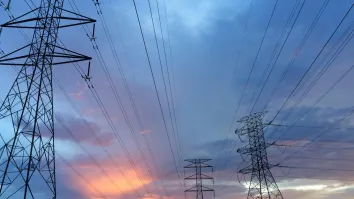
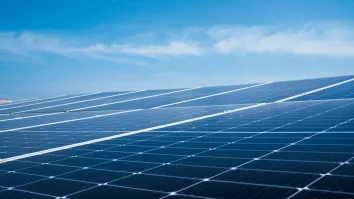




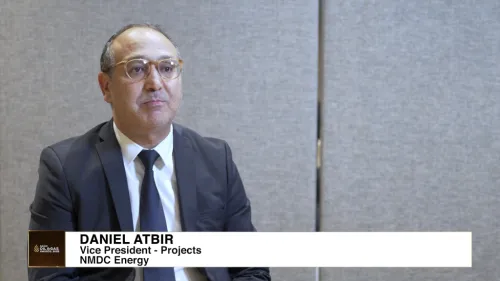

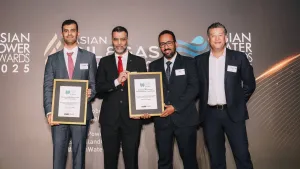
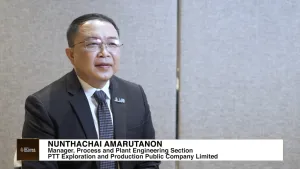



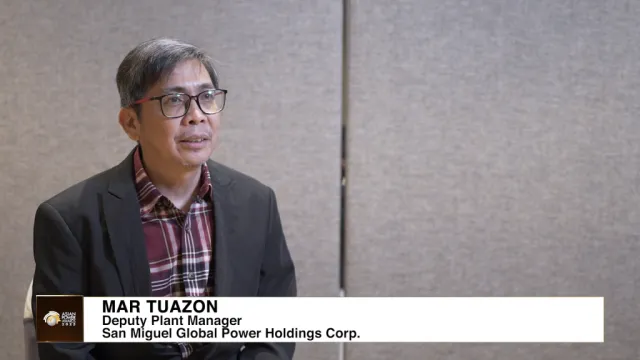

 Advertise
Advertise







